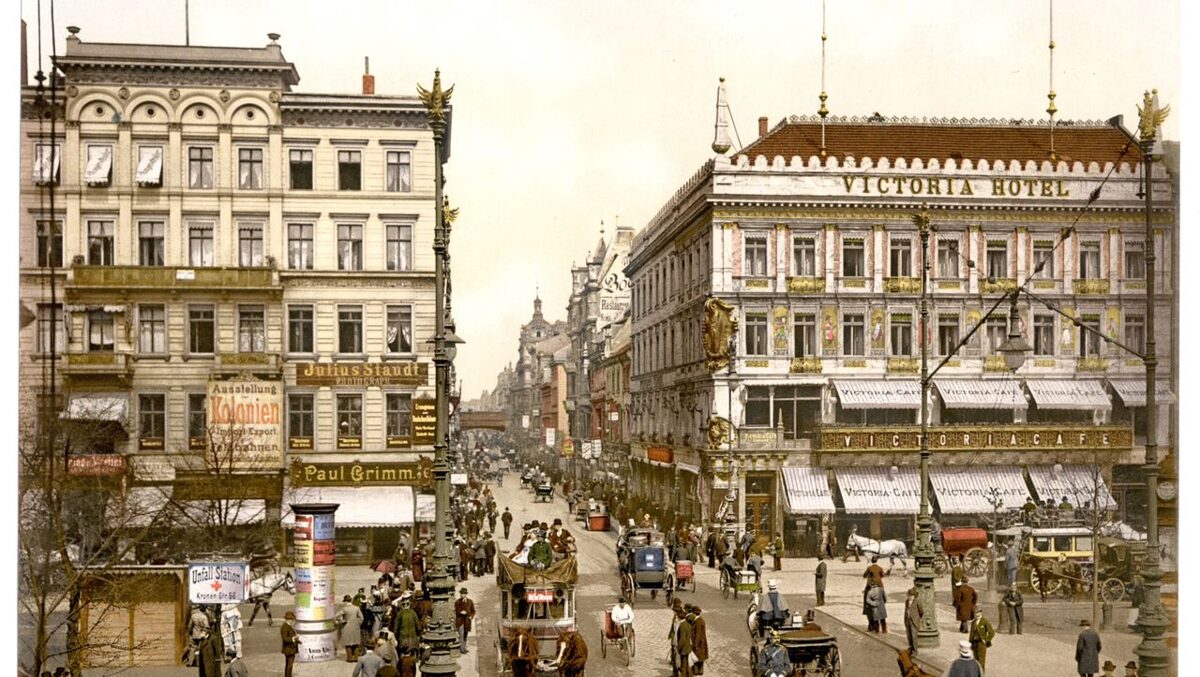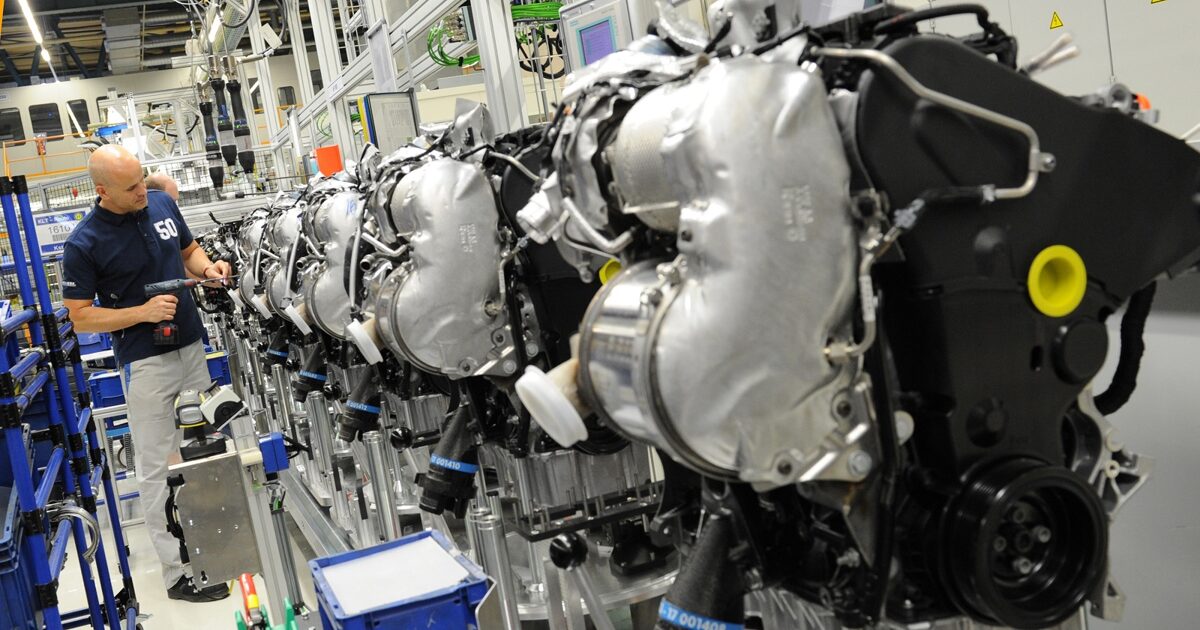German language
German is a West Germanic language that is widely spoken in Central Europe and the European Union. It is the official language in Germany, Austria, Switzerland, Liechtenstein, and South Tyrol, and a co-official language in Luxembourg, Belgium, and Namibia. German is also spoken by communities in France, Czech Republic, Poland, Slovakia, and Hungary. The language is similar to other West Germanic languages like Afrikaans, Dutch, English, Frisian, Low German, Luxembourgish, Scots, and Yiddish, and has close similarities in vocabulary to North Germanic languages like Danish, Norwegian, and Swedish. German is the second-most widely spoken Germanic language after English.
German is widely taught as a foreign language and is the third most taught foreign language in continental Europe and the United States. The language has had a significant impact in fields like philosophy, theology, science, and technology, and is the second-most used scientific language and widely used on websites. German-speaking countries rank fifth in terms of annual book publication, with one-tenth of all books published in German.
German has a complex inflection system, with four cases for nouns, pronouns, and adjectives, three genders, and two numbers. The majority of its vocabulary is derived from ancient Germanic and Indo-European languages, with some borrowed from Latin, Greek, French, and Modern English. German is a pluricentric language with three standardized variants: German, Austrian, and Swiss Standard High German. It also has a wide range of dialects, some of which are recognized and protected by regional or national governments. German-speaking countries have held annual meetings since 2004, with Germany, Austria, Belgium, Liechtenstein, Luxembourg, and Switzerland being the participants.
Classification
German is a member of the West Germanic branch of the Germanic language family, which is further divided into three branches: North Germanic, East Germanic, and West Germanic. The North Germanic branch is the ancestor of modern Danish, Swedish, Norwegian, Faroese, and Icelandic, while the East Germanic branch is extinct with Gothic being the only surviving written text. The West Germanic branch is the largest and most diverse, encompassing languages such as English, German, Dutch, Yiddish, and Afrikaans. The West Germanic dialects can be further divided into High German and Low German/Low Saxon and Low Franconian dialects, with the High German dialects being more closely related to Standard German. The distinction between the two dialects is made based on the Benrath and Uerdingen lines, with dialects south of the Benrath being classified as High German, and those north of the Uerdingen as Low German/Low Saxon and Low Franconian. Standard German is based on a combination of Central German and Upper German dialects, and is closely related to Luxembourgish and Yiddish, as well as Swiss German and Alsatian. It is less closely related to Dutch, Afrikaans, and Low German, as these dialects did not undergo the High German consonant shift. The Frisian languages and the Anglic languages of English and Scots are also related to German, but they did not participate in the High German consonant shift.
History
The history of the German language starts with the High German consonant shift that took place during the Migration Period, which separated Old High German dialects from Old Saxon. This shift resulted in changes in the pronunciation of both voiced and voiceless stop consonants. The voiceless stops became long voiceless fricatives following a vowel, affricates in word-initial position or after certain consonants, and voiced stops became voiceless in certain phonetic settings. There is written evidence of Old High German from the sixth century, such as the Pforzen buckle, and the Old High German period is considered to have started with the Abrogans, a Latin-German glossary. The earliest coherent works in Old High German appeared in the ninth century, including the Muspilli, Merseburg charms, and Hildebrandslied, among others. Most of the surviving texts from this period were written in disparate regional dialects and show a strong Latin influence, especially in vocabulary. The Old High German period was mainly a time when the language was spoken, and there was a rich oral tradition and a wide range of dialects, but little standardization in writing.
The Middle High German period lasted from 1050 to 1350, and during this time the geographical territory occupied by Germanic tribes expanded, leading to an increase in the number of German speakers. German began to be used more in the courts of nobles as the standard language for official purposes and literature, and there was a greater need for regularity in written conventions. Although the major changes during this time were socio-cultural, the German language was still undergoing linguistic changes in syntax, phonetics, and morphology. The Middle High German period was a time of transition, with the language evolving towards a more standardized form.
Geography
As a result of German migration and the popularity of German as a foreign language, German speakers can be found all over the world. However, the exact number of native German speakers is difficult to determine because of the different forms of German spoken and the debate over whether they should be considered separate "languages" or "dialects." It is estimated that between 90-95 million people speak German as their first language, 10-25 million as their second language, and 75-100 million as a foreign language. This would mean that there are approximately 175-220 million German speakers worldwide.
In Europe, German is the second most widely spoken language after Russian and the second biggest language in terms of overall speakers (after English). About 90 million people, or 16% of the European Union's population, spoke German as their first language in 2012. The central European area where German is the majority language and an official language is called the "German Sprachraum." German is the official language of Germany, Austria, 17 cantons of Switzerland, and Liechtenstein. It is also a co-official language in Belgium (in the German-speaking Community), Luxembourg, Switzerland, and Italy (in the Autonomous Province of South Tyrol).
In several other European countries, German is a recognized minority language, including the Czech Republic, Denmark, Hungary, Poland, Romania, Russia, and Slovakia. In France, the High German varieties of Alsatian and Moselle Franconian are recognized as "regional languages," but the government has not yet ratified the European Charter for Regional or Minority Languages of 1998.
In Africa, Cameroon and Namibia were colonies of the German Empire. Although French and English have mostly replaced German as the main languages in these countries, German is still widely studied and spoken as a foreign language, particularly in Cameroon. In Namibia, German is one of the national languages alongside English and Afrikaans, and there are still around 30,000 people who speak German as their native tongue.
Dialects
The German dialects are local variations of the German language that are unique to specific regions. Many of these dialects are not comprehensible to speakers of standard German, and they have different lexical, phonetic, and syntactic elements. Some consider these dialects as separate languages if mutual intelligibility is used as the definition, such as in the Ethnologue. However, this is not a common viewpoint in German linguistics.
The German dialects are broadly categorized into two groups: High German and Low German or Low Saxon. Historically, these two groups are not the same language. Nevertheless, Low Saxon is often considered as a variation of standard German by many German speakers. The dialects vary greatly, and even neighboring dialects can be unintelligible to each other.
Low German or Low Saxon was once the dominant language in northern Germany and was used as the lingua franca of the Hanseatic League. However, the usage of Low German declined after the publication of the Luther Bible in 1534, which was based on Central and Upper German varieties and was intended to be understandable to a wide audience. The use of Low German further declined in the 18th and 19th centuries due to widespread education in standard German in schools, which led to Low German being seen as a dialect spoken by the uneducated. Today, the major cities where Low German is still spoken include Hamburg, Hanover, Bremen, and Dortmund.
Low Franconian dialects are spoken in the northwest of North Rhine-Westphalia, along the Lower Rhine. The Low Franconian dialects in Germany are known as Low Rhenish. The majority of Low Franconian dialects are spoken in the Netherlands and Belgium and are structurally and phonetically more similar to Dutch than to German. These dialects used Middle Dutch or Early Modern Dutch as their literary language during the Middle Ages and Early Modern Period. After a change in Prussian language policy in the 19th century, the use of Dutch as an official language was banned, and Standard German took its place. These dialects are now considered German from a sociolinguistic perspective, but they are the smallest and most divergent dialect group within the German language area.
High German is made up of Central German, High Franconian, and Upper German dialects. The High Franconian dialects are transitional dialects between Central and Upper German. The High German dialects spoken by Ashkenazi Jews are considered a separate language, Yiddish, which is written using the Hebrew alphabet.
The Central German dialects are spoken in central Germany, from Aachen in the west to Görlitz in the east. They consist of Franconian dialects in the west and non-Franconian dialects in the east. Modern Standard German is based mostly on Central German dialects. The Franconian, West Central German dialects include Central Franconian (Ripuarian and Moselle Franconian) and Rhine Franconian (Hessian and Palatine). These dialects are considered German in Germany and Belgium, Luxembourgish in Luxembourg, Lorraine Franconian in France, Limburgish in the Netherlands, and Transylvanian Saxon in Romania.


